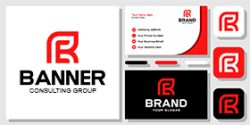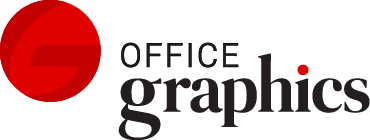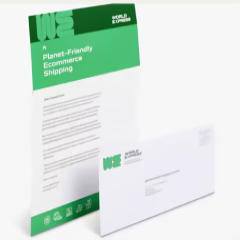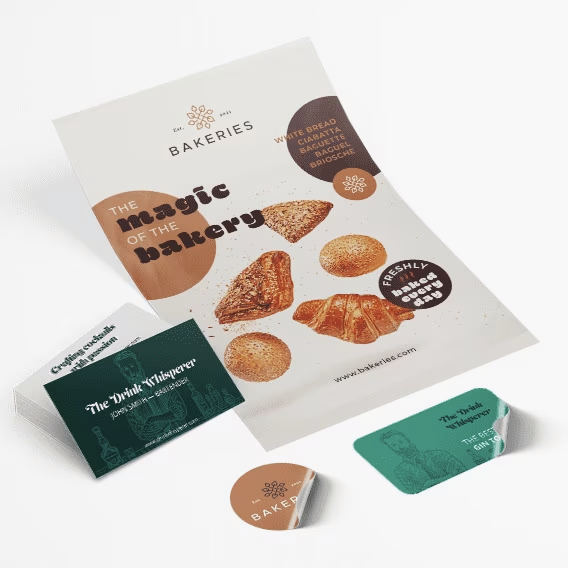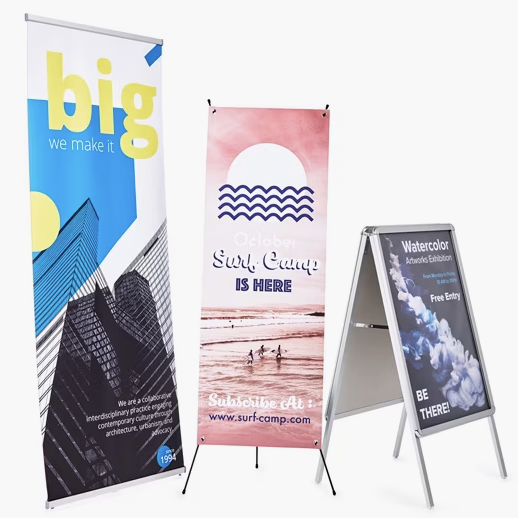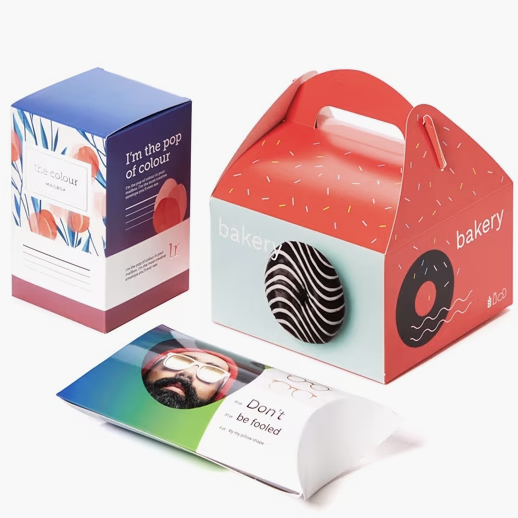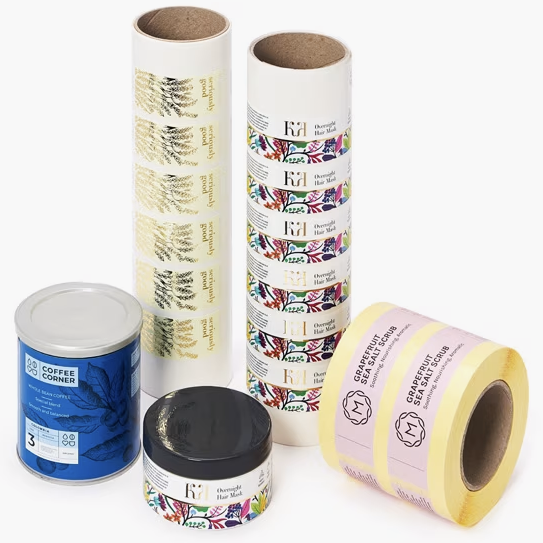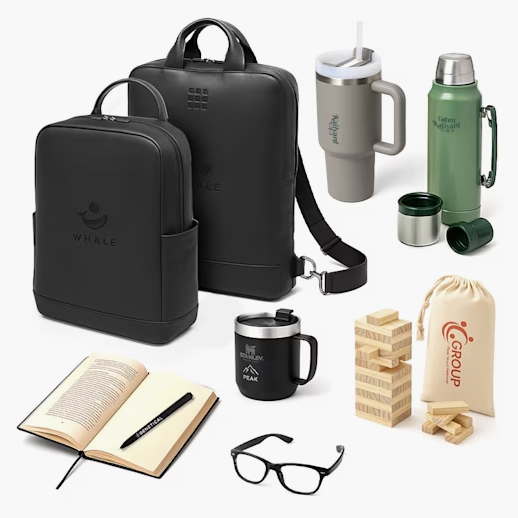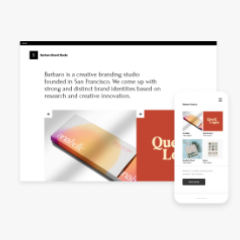- Home
- /
- Design & Creative
- /
- Copywriting
Copywriting
Tell your story. Sell your brand.
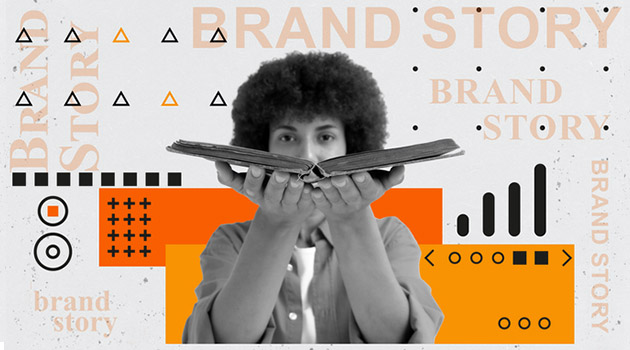
Develop content that tells your story, sells your brand, and inspires customers to action.

Website content

Engage your audience with compelling website content that sells your business and promotes your products 365 days a year.
- Build brand awareness
- Engage your audience
- Build credibility and authority
- Expand your reach
- Develop winning blog posts
- Optimize for SEO

Press Releases
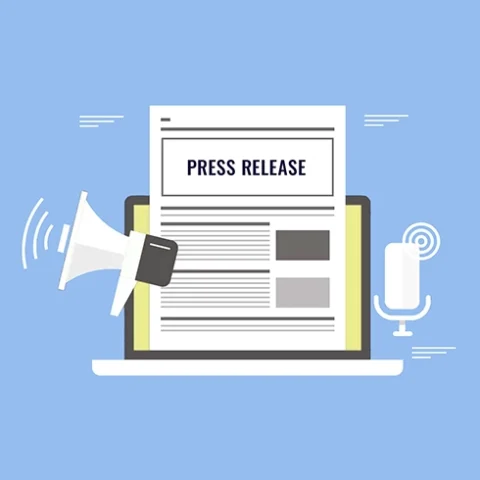
Experience the power of tailored press releases that deliver immediate results and conversion. Work with an experienced press release copywriter to create compelling stories that resonate with your audience.
- Announce new products or services
- Improve brand image
- Get the word out
- Reach your audience quickly
- Establish brand credibility
- Control your story

Emails & Newsletters

Email copywriting shouldn’t be about endless hard selling. It should use storytelling to engage and lead readers to a desired outcome–whether that’s clicks, replies or purchases. Effective copywriting boosts engagement, conversion and subscription rate.
- Grow your subscriber base
- Generate qualified leads
- Increase sales and conversion

Product Descriptions
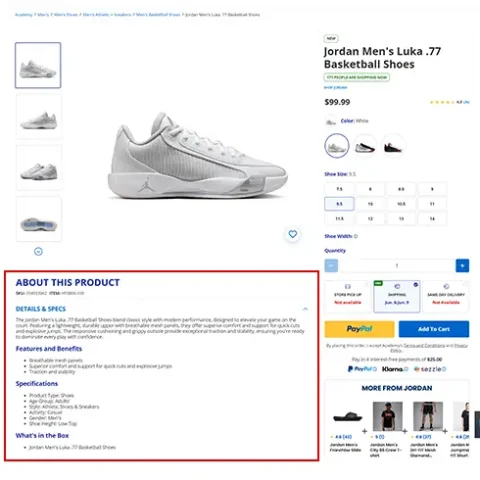
Effective product descriptions tell what a product does, how to use it, and why people should buy it–but more importantly, they’re persuasive and inspire action. Showcase the value of each of your products with unique copy written with conversion in mind.
- Unique copy that engages
- Enhance visibility
- Content that sells
- Boost conversion

Print, design and marketing solutions.
Copywriting FAQs
What is copywriting?
Copywriting is the process of developing copy that influences perception or persuades an audience to take a specific action. Copywriting is used to produce text, or copy, that is used in marketing and promotional materials.
Copywriters write and edit text used in various mediums including print, web, video, radio and social media. They work closely with account marketing and design teams to brainstorm ideas, development concepts, and articulate messaging.
What are the types of copywriting?
There are three general categories of copywriting: direct response, sales promotion and advertising. Within these categories there are 14 types of copywriting projects, services, and niches.
- Search Engine Optimization (SEO) copywriting produces copy designed to get you ranked in Google and other algorithmic search. SEO copy should be produced by a copywriter with extensive experience in search engine optimization.
- Creative copywriting is the process of developing copy to persuade an audience to take a specific action. Copy should be memorable, engaging and evoke emotion. Creative copywriting is used for websites, blogs, email and social media.
- Social media copywriting focuses on developing copy adapted for different social media platforms and audience demographics. With the popularity of social media marketing on the rise, copy optimized for social media audiences should be a focus of any aspiring business.
- Marketing copywriting focuses on converting product features into benefits that consumers can understand. Marketing copy includes articles, advertorials, brochures, flyers, and email used to build trust, elicit a response, and drive an action.
- Public relations copywriting is a specialized niche that develops copy around newsworthy information to help businesses quickly get the word out about an event or offering, and earn the audience’s trust. PR copywriting is responsible for generating positive publicity that enhances brand image.
- Technical copywriting focuses on technical details of product and service offerings. Technical copywriting is used to sell products or services by explaining features and benefits persuasively in an easy-to-understand manner. Technical copywriters must have in-depth topical knowledge, industry expertise, and writing ability.
- Thought leadership copywriting produces copy for sophisticated communicators including CEOs, directors and investors. This type of copywriting is transactional in nature. It is designed to sell a product or service, and requires well-structured information architecture.
- Direct response copywriting encourages customers to take action. It is typically just one page and incorporates pop-ups or calls to action (CTAs). Direct response copywriting focuses on converting prospects into subscribers and buyers.
- Radio and television copywriting supports audio and video production. Copywriting for radio involves producing promotional messages for commercials. It needs to be clear, catchy and memorable. Copywriting for television employs video and audio to communicate messaging through storytelling and demonstrations.
- Brand copywriting focuses on creating an emotional connection with the target audience through storytelling to establish and enhance brand identity.
- B2B copywriting, aka Business to Business copywriting, focuses on developing informational and sales copy that allows a business to market its services and products to other businesses. Examples of B2B copy include ads, white papers, case studies, articles, and technical writing.
- Sales copywriting is used to produce advertisements, emails and a variety of web content. It informs and persuades consumers to purchase a product or service.
- Advertising copywriting focuses on producing copy that accompanies the visual elements of an advertising campaign. It focuses on marketing a specific product to a specific consumer audience.
- Ecommerce copywriting focuses on developing copy to persuade an audience to take a specific action, such as subscribing to an email newsletter, visiting an online store or purchasing a product. Ecommerce copywriting incorporates both sales and direct response copywriting.
What is the copywriting process?
Copywriting is the art and science of writing in a way to persuade your target audience to take action. Whether your goal is to generate leads, sell more product, or just build trust, compelling copy speaks to your audience’s needs, emotions and desires. Developing persuasive copy involves a 7-step copywriting process of planning, writing, editing and revision.
1.Research. We research your target market, your offering, and the competitive landscape to identify your ideal customers and what motivates them to make a purchasing decision.
2. Outline. We outline the structure of your copy as well as the main points to determine what to say, how to say it and in what order.
3. Draft. We produce a first draft of the copy. Perfection is not the goal at this stage. The focus is on getting the main ideas and messages identified and nailed down..
4. Revise. We revise the rough draft checking for accuracy, clarity and readability. We want to ensure it’s persuasive, evokes emotion, clearly articulates benefits, and tells the right story, the right way.
5. Optimize. The fifth step is to optimize the copy to achieve the specific goal of the project or campaign–whether that be to inform, educate, entertain or sell.
Proofread. Now we proofread the copy to ensure it is free of any grammatical or formatting errors. We want to make sure the copy is professional and 100% error-free.
6. Publish. We deliver your copy to your audience on different platforms such as websites, emails, social media, or print. You can monitor performance based on traffic, conversions, engagement, or feedback.
How much does copywriting cost?
The cost of copywriting can range anywhere from $25 to $5,000 per page. Copy cost is determined by several factors, including copy type, content purpose and topic. Technical and persuasive copy that requires extensive research, planning, review and iteration is the most expensive copy to develop–but it is also very effective.
